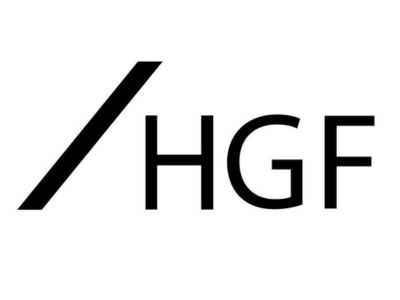There has been much excitement in the trademark sphere following the decision in Thatcher’s v. Aldi. As many readers will be aware, the matter centered around Thatcher’s Cloudy Lemon Cider packaging and Aldi’s Taurus Cloudy Lemon Cider.
The decision is a victory for Thatcher’s, taking on Aldi and being successful against its imitation products. There have been a lot of comments heralding the decision as being groundbreaking for brands by setting a new precedent. However, it is worth being mindful of the exact set of facts in this case.
Firstly and importantly, Thatcher’s had a trademark registration for the packaging design, which was used on its cloudy lemon cider. This included the Thatcher’s name, product name, and lemon imagery. This, in my opinion, is the real key to Thatcher’s success in this matter.
It is common in the product design process across numerous industries for there to be inspiration from the current market, thus seeking influence from products already on the market. This can be done via mood boards or benchmarking. Dupes and lookalikes have risen in popularity recently, especially with the influence and reach of social media, but there are differing opinions from IP professionals on this. Some view the dupes as a healthy form of competition between products, allowing similar products to reach different consumers and price points, whereas others consider these dupes to be free-riding off the original product, thus gaining an unfair competitive advantage and benefitting from another’s investment in the product development and advertising. As a result of this, some state that the current legal provisions are not sufficient for protecting brand owners and that the law needs updating.
Interestingly, the judge directly addressed this point in paragraph 8 of the decision, stating that the case had “attracted attention” and that “It is not the function of this court to enter into these policy debates.”
The appeal focused on the claim of reputational damage under Section 10(3) to the Thatcher’s trademark, which includes taking unfair advantage of the earlier mark. Previous case law has already established nine conditions that must be satisfied in order for there to be a finding of infringement under section 10(3). However, the Court of Appeal only needed to address two of the nine, namely (a) it must give rise to a link in the mind of the consumer and (b) give rise to injury, namely unfair advantage or detriment to the repute of the trademark.
It was readily accepted that Aldi had used the Thatcher’s product as the benchmark for their Taurus cider, and key pieces of evidence included emails between Aldi and the design agency asking for the design to be brought closer to the Thatcher’s product. Another key point raised was that Aldi didn’t appear to have invested any money in promoting its Taurus cider product despite it being relatively successful. Both of these aspects together resulted in the court concluding that Aldi intended to take advantage of the reputation of the trademark to help sell its own product.
In defense, Aldi tried to rely on Section 11(2)(b), that the Thatcher’s mark was descriptive. However, the court disagreed with this on the basis that it would be “illegitimate to dissect the [Thatcher’s] Sign into its constituent elements for the purposes of applying section 11(2)(b), and to argue that, because some of those elements are descriptive, the Sign as a whole falls within section 11(2)(b).”
Aldi also sought to rely on the defense of honest commercial practice, however, the court dismissed this stating that Aldi’s packaging “was not in accordance with honest practices in industrial and commercial matters because it was unfair competition.”
Whilst this decision was a great victory for Thatcher’s, it does center on the fact that Thatcher’s had a registration for its packaging as a whole, so it found success under Section 10(3). Maybe we will see an increase in brand owners filing applications for packaging as trademarks, but for now, the current provisions under the UK Trade Mark Act 1994 seem to be sufficient for protecting brand owners from dupes and lookalikes.

Written by Rachel Platts
Trade Mark Director, HGF
You may also like…
What Pat Riley’s THREE-PEAT teaches about strategic branding
Despite the Kansas City Chiefs' loss in this week's Super Bowl, Pat Riley was hopeful of gaining a historic third...
From function to fashion: Birkenstock’s copyright pursuit
Will the German Federal Court of Justice find the substance of Birkenstocks has transubstantiated from functional...
Brewing confusion: the Zicaffe v. Zacaffe trademark dispute
The global trademark landscape frequently encounters disputes when iconic brands expand into new markets. The recent...
Contact us to write for out Newsletter














